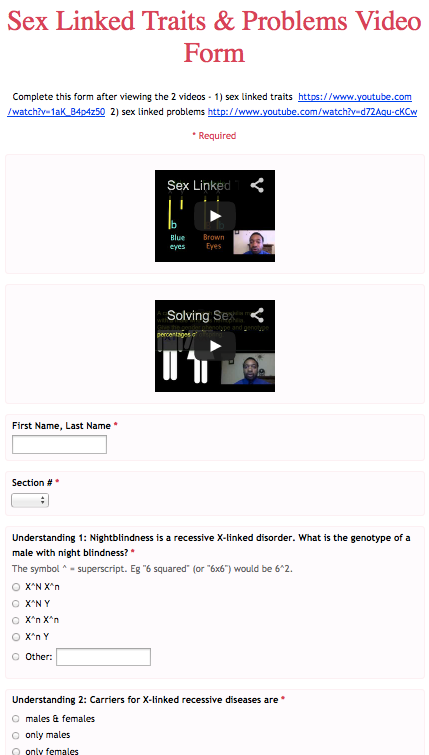Helpful Research
1) Differentiated Processing: One piece that was new to me is differentiating processing activities. Currently, I use the same processing activities after a video lesson - practice quiz, guided notes, and posting and responding to online discussion forums. It's now clear to me that students process the material in different ways and ought to have options for processing the content. What I'll plan to do is give students more options of processing after a lesson - perhaps they can use their journals to choose from the following:
- summary paragraph
- Creative RAFT, poem or story
- Complete or create a graphic organizer
- Compare & contrast assignment
- Frayer method
- Play a game with a twist - like charades, pictionary, charades or taboo
2) Building background or give experience to get background: I already accomplish this through the exploration activities prior to lessons. Even if students don’t possess the optimal priming experiences, they will gain this experience through the exploration.
3) Priming- I prime student brains by offering guided notes, a list of the "I can statements” they will learn about, a unit overview and potential agenda for each lesson.
4) Primacy-Recency theory: we remember the first and last things we learned in a chunk of time. This means the first and last minutes of class are crucial. I have to do a better job designing warm up activities that engage students fully in content. I have to move away from the housekeeping activities at the beginning of class. The same thing can be said for exit tickets; they should be as closely related to content as possible. Housekeeping and non-content related metacognitive activities can be done at other times in the lesson.
5) Explore similarities & differences: Students learn more effectively when they are asked if asked about similarities and differences. This is consistent with the idea of schema and brains wanting to make connections between preexisting schemata. In some processing activities, I need to ask how things are examples or non-examples of a concept. The tricky thing is the brain is ineffective at remembering distinctions if learned at the same time. If possible, I need to teach similar ideas days apart.
6) Novelty: While it’s important to prime the brain, it’s also important to switch things up and break from the routine. Brains are effective at picking up contrast and important moments. I need to encourage more divergent thinking by asking for arguments against what they learned, describe concepts without using certain words, etc.
7) Memory: Middle school students are typically limited to memorizing 5 unrelated facts.
8) Socializing: I already structure my course to be as social as possible. Most assignments and tasks can be completed in groups or as individuals. Students can pick and choose to what extent they wish to be social and with whom.
What’s clear to me is the heart of differentiation is just good teaching research-based practices. Providing choice and alternative routines and assignments are also important but meeting the needs of all students has to start with solid pedagogy.






































